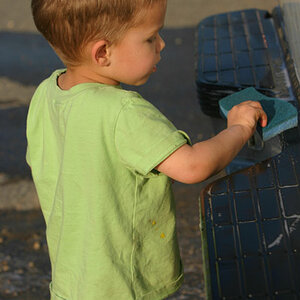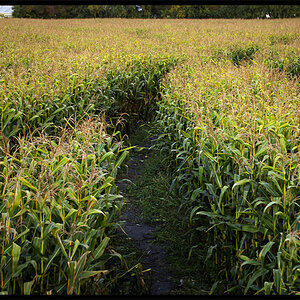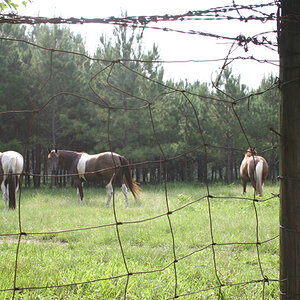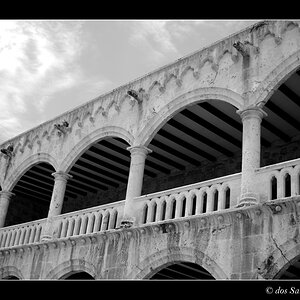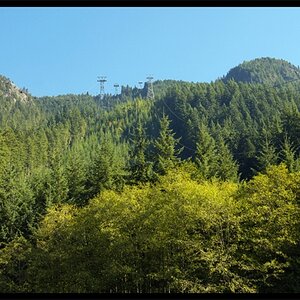Scott WRG Editor
King of Smoothness
- Joined
- Jun 21, 2004
- Messages
- 1,479
- Reaction score
- 17
- Location
- Haverhill, MA
- Website
- www.warbirdsresourcegroup.org
I'm looking at doing some macro photography and would like some advice as to how to go about doing it since I have never done it. I will be photographing in detail a control panel in the cockpit of a WWII fighter. Basically close-up of 2 inch diameter dials and switches and such. Suggestions on lighting, lenses, and general how-to appreciated.


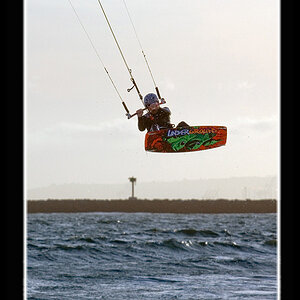
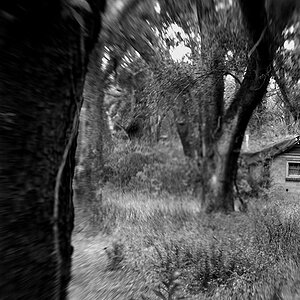
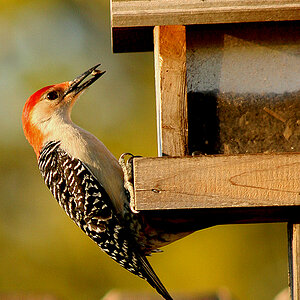
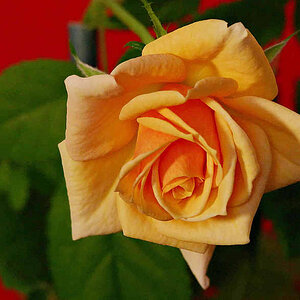
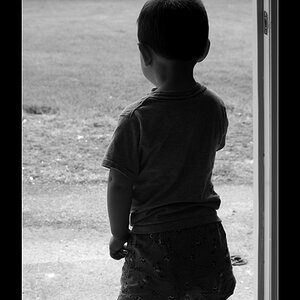
![[No title]](/data/xfmg/thumbnail/30/30871-c87f97bf2d9d493b4c08ba6482680038.jpg?1619734488)
![[No title]](/data/xfmg/thumbnail/30/30872-cd51e29bb57fff318ae9841cb002aa5b.jpg?1619734489)
